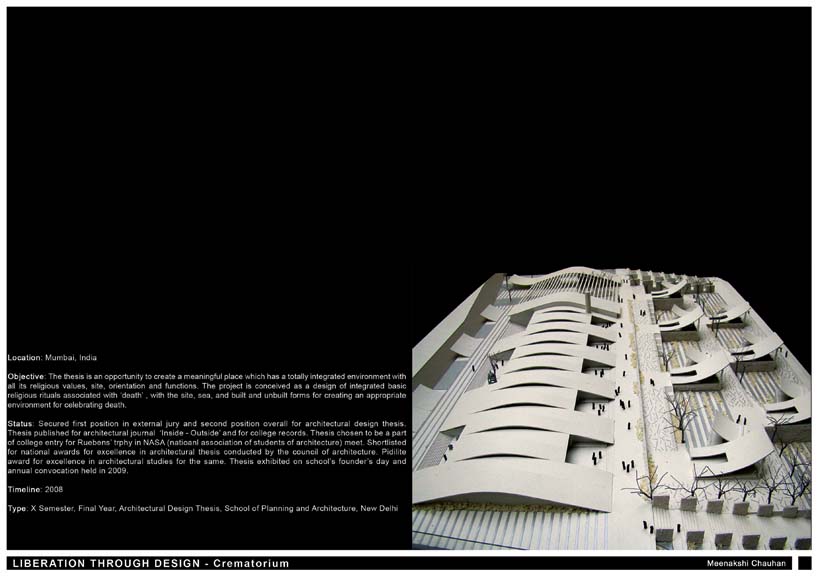
liberation through design crematorium by Meenakshi from india
designer's own words:
Ritual of Death
A rite is a prescribed form or manner governing the words or actions of a ceremony. Few true rites still remain in our society. Rituals exist today in the institutions of death, marriage, and possibly birth. Death is inevitable and is the most natural, unavoidable and certain of human realities. In each religion there are various rituals associated with death. Hinduism upholds death as real and natural as life. Upon death, the soul is given liberation from the physical bonds of the body. Hindus believe that cremation is the only way of dealing with the dead. The cremation ceremony also provides psychological healing to the mourners of the departed soul. A crematorium is characterized in perpetual presence of death, a place where the departed soul makes its final journey into the world beyond.
Architecture and Death
The backdrop for ritual is architecture and architecture must support the ritual it envelopes. One ritual that is important to humanity is that of mourning. I propose architecture that compliments mourning and death rituals. The spaces of this architecture exist in three dimensions- narrative, emotive and sacred. While primarily responsible for space, architecture can also operate with metaphors to generate narrative. Secondly, character of space supporting a ritual, singularly or as sequence of spaces, can assist an emotional response if thoughtfully executed. Lastly, ritual that is supported by well designed architectural space can sometimes present aspects of life that are otherwise intangible.
Reason for Choice
We live in death-denying society where death is always exercised as a tabooed subject. This convention of avoiding the subject discourages architecture to express death in recent times. Funerary architecture lacks the quality and identity to create an atmosphere for noble thinking or memory in depth. When people attend funerals, the generally stark, desolate, institutional funerary architecture only gives them feeling of fast-food convenience. They are places merely for people to perform their traditional rituals as quick tasks. The starkness and indelicacy of existing crematorium push visitors away from confronting with the meaning of death (and life) rather than draw them to think. Therefore, there is a need for respectful and reverent place where members of diverse community groups feel welcome to gather and grieve during this time of great loss.
The Search
To develop an appropriate means of funerary facilities that serve the mourners, the visitors and the dead.
To give a setting to encourage a complete integrated funeral process, inspire a contemplative journey and to paint a picture of the sacred world beyond.
This thesis is a means of contemporary interpretation of tradition and death rituals.
Introduction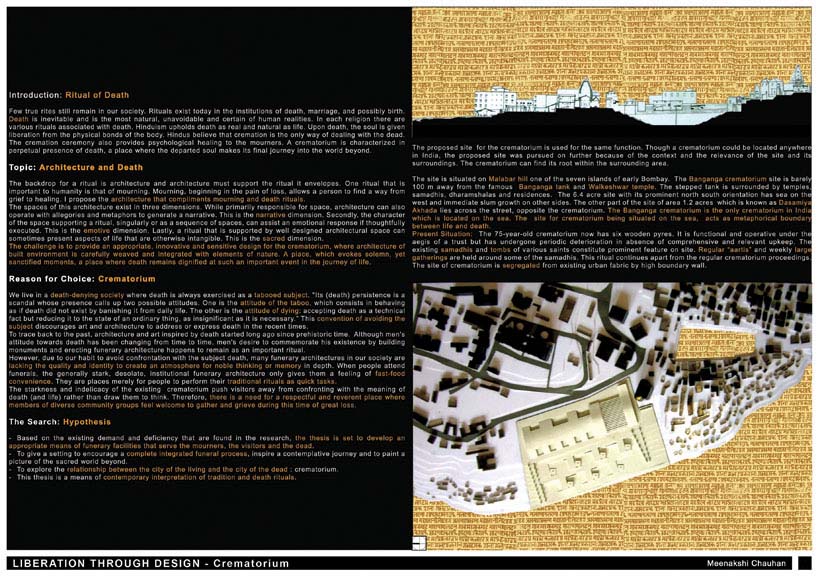 Death and Architecture
Death and Architecture 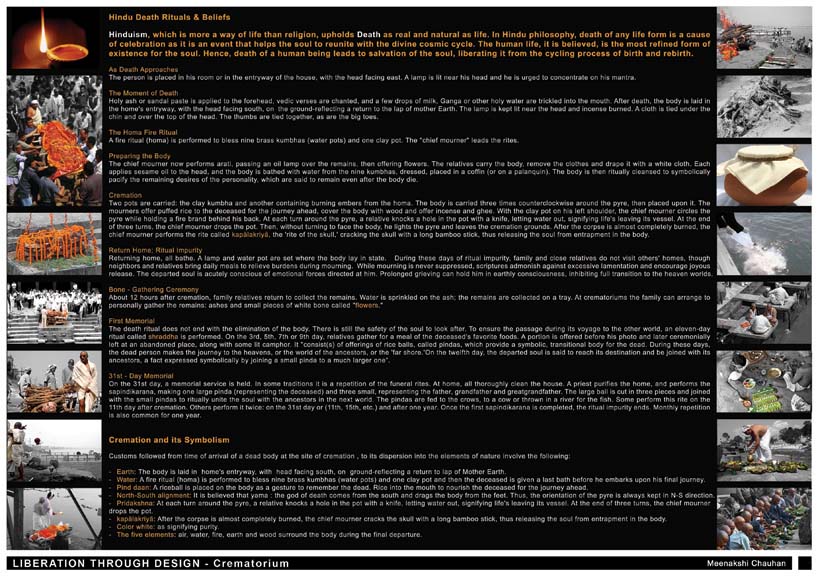 Hindu Death Rituals and Beliefs
Hindu Death Rituals and Beliefs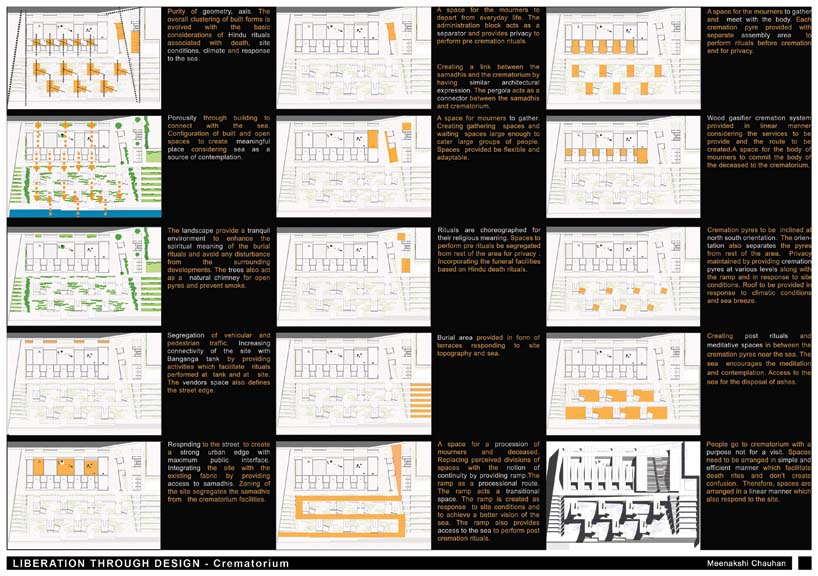 From Search to Translation
From Search to Translation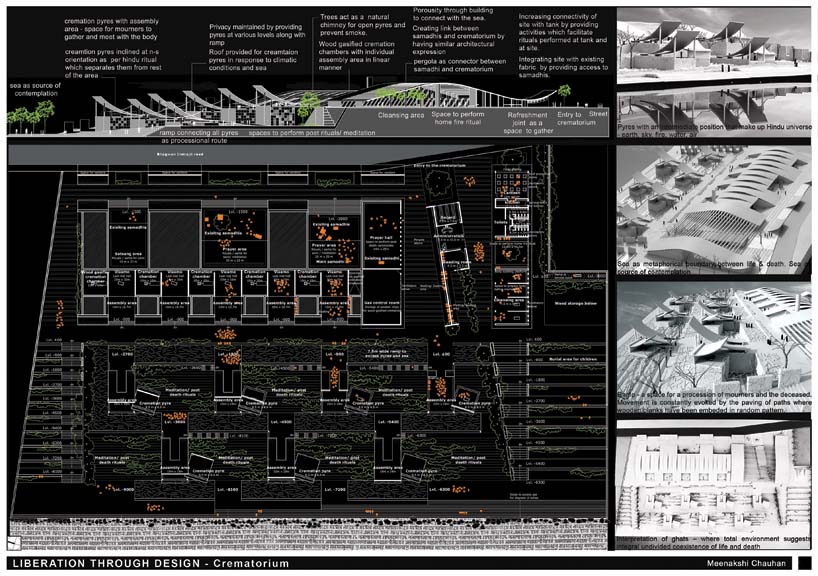 An innovative and sensitive design which evokes solemn, yet sanctified moments.
An innovative and sensitive design which evokes solemn, yet sanctified moments. 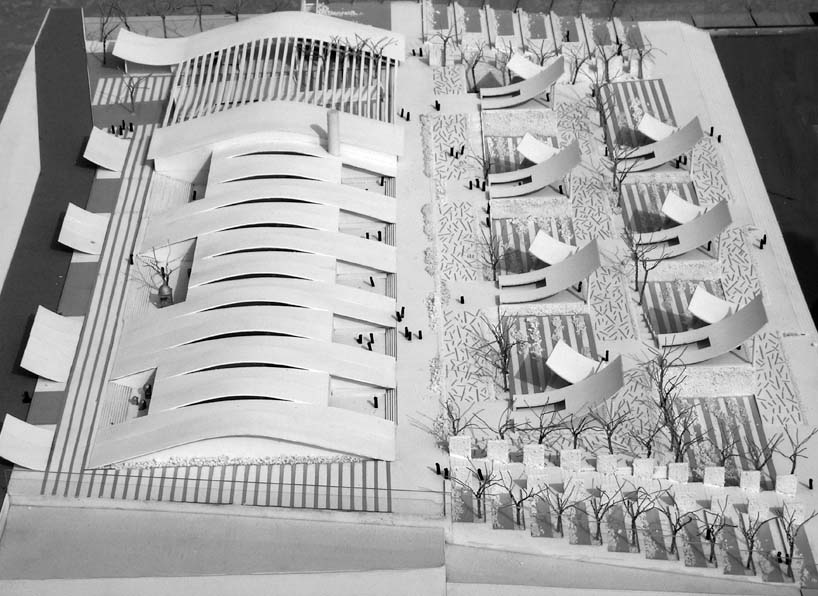 Life and death are brothers. They cling to each other and cannot be separated.
Life and death are brothers. They cling to each other and cannot be separated.